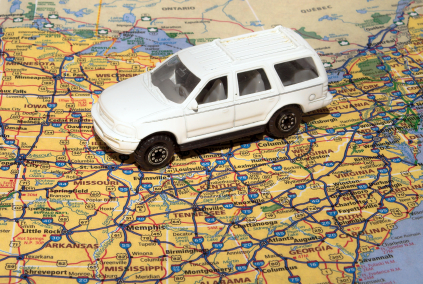 Let’s say that you’ve got a clean driving record, your credit is excellent, and all of the other personal factors that could influence your insurance rates reflect positively in your favor. Yet, your car insurance rate is still high. When the premium renewal comes in the mail, you cringe prior to opening the bill. Why does your ne’er do well cousin a couple of states over, who is unemployed, has had numerous accidents, and a variety of driving tickets, pay less for car insurance than you?
Let’s say that you’ve got a clean driving record, your credit is excellent, and all of the other personal factors that could influence your insurance rates reflect positively in your favor. Yet, your car insurance rate is still high. When the premium renewal comes in the mail, you cringe prior to opening the bill. Why does your ne’er do well cousin a couple of states over, who is unemployed, has had numerous accidents, and a variety of driving tickets, pay less for car insurance than you?
It doesn’t seem fair.
One of the more interesting things about doing a project such as revamping the state level pages at carinsurancelist.com is compiling statistics on a state-by-state basis, and taking notice as trends emerge. There are many factors that can influence your personal car insurance rate, but in a specific geographic region, everyone starts at a baseline rate, then personal factors are incorporated into the final underwriting.
So, what makes one state more expensive for car insurance than another?
When compiling the statistics on the state pages, we decided that several factors were worth looking at in each state:
– Insurance fraud
– Vehicle theft rates
– Percentage of uninsured drivers
– Auto accident and fatality rates
Right from the beginning of our research, it was clear that these factors were predictors of where a state would rank in terms of cost of car insurance. It didn’t take a detailed, university level statistical analysis to notice the emergence of specific trends. Any state that ranked high in any one of these categories ended up being ranked above national averages in terms of car insurance rates. Those with the lowest car insurance rates scored well (compared to the national average) in all, or most of, the above factors.
For example, the state with the highest auto theft rate is California, which also ranks as the 6th most expensive state in which to insure a car. Mississippi and New Mexico are number one and two, respectively, when it comes to percentage of uninsured drivers. And, both are among the costliest states for car insurance.
One other factor was clearly an indicator of high car insurance rates: no-fault / PIP medical insurance being required by state law. Every state in the country that requires no-fault / PIP medical insurance ranks very near the top in terms of high car insurance rates.
The conclusions might seem incidental, but are clearly indicative of trends that insurance regulators in each state should take a look at the next time they receive a complaint from a car insurance consumer.





